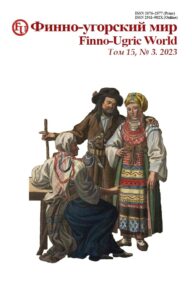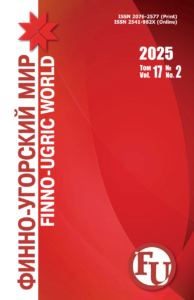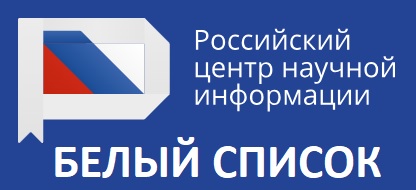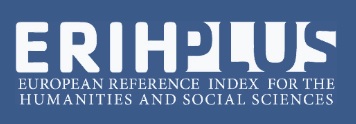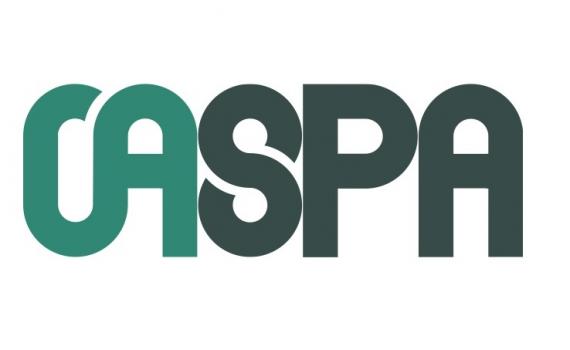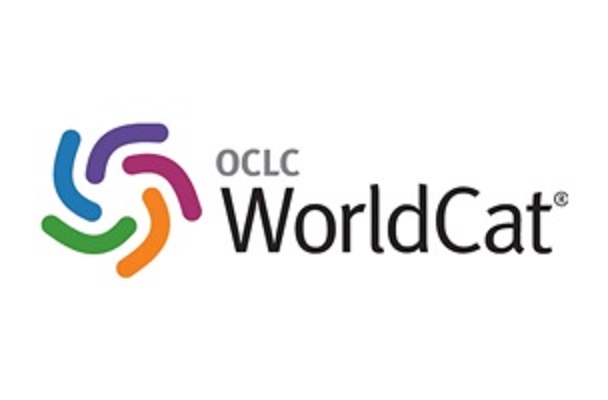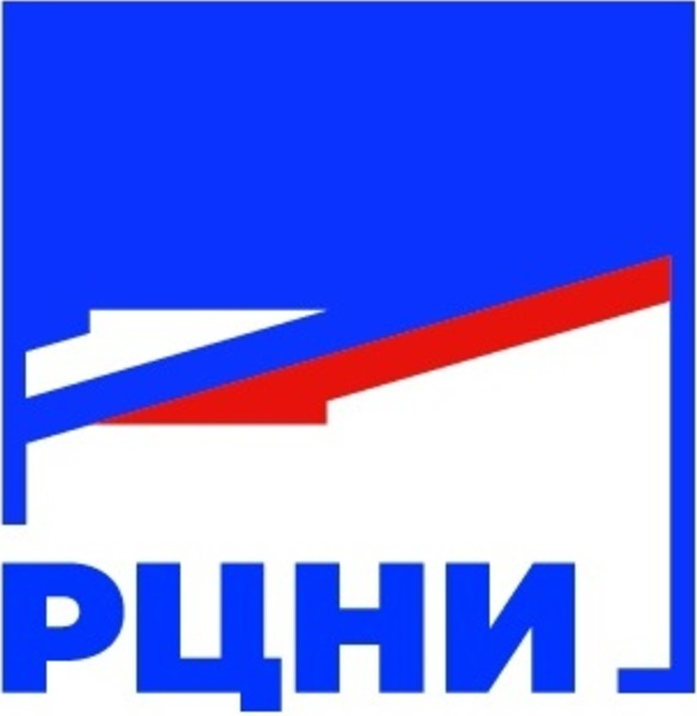Introduction. This article is dedicated to analyzing the dynamics of marital status among the Udmurts in Udmurtia from 1959 to 1989. The aim of this study is to examine the changes in marital status among the Udmurts, a crucial aspect of demographic shifts and a significant structural characteristic of the population when analyzing its reproduction.
Materials and Methods. The authors utilize data from the All-Union Population Censuses conducted in 1959, 1970, 1979, and 1989, enabling a comprehensive analysis of marital status among various ethnic groups. Various research methods have been applied, including historical-comparative, chronological, and statistical approaches.
Results and Discussion. Through this study, it was determined that the indicators of marital status among the Udmurts in Udmurtia were below the national average in 1959. However, the Udmurts exhibited a higher level of matrimonial behavior, despite the influence of urbanization processes and the consequences of the Great Patriotic War, which allowed them to compensate for these disparities by 1989.
Conclusion. This analysis provides insights into the dynamics and trends in the marriage rates of the Udmurt population in the Udmurt ASSR. It can be concluded that between 1959 and 1989, the proportion of married Udmurts in the region increased at a rate surpassing the national average. Census data from 1989 indicate compensatory demographic indicators among the Udmurts, achieved following the Great Patriotic War.
Keywords: Udmurts, marital status, population census, Udmurt ASSR, RSFSR, Udmurt Republic, Russia
Acknowledgments: The research was conducted with the support of the Russian Science Foundation Grant No. 23-28-01604, available at https://rscf.ru/project/23-28-01604/, at the Udmurt State Agricultural University.
For citation: Azhigulova AI, Chernysheva NV, Uvarov SN. Dynamics of marital status among the Udmurts in Udmurtia from 1959 to 1989. Finno-ugorskii mir = Finno-Ugric World. 2023;15;3:301–309. (In Russ.). DOI: 10.15507/2076-2577.015.2023.03.301-309.
Information about the authors
A. I. Azhigulova – Candidate Sc. {History}, Senior Lecturer, Department of General History and Methods of Teaching History and Social Studies, Orenburg State Pedagogical University, azhigylova@mail.ru, https://orcid.org/0009-0008-1345-8447
N. V. Chernysheva – Candidate Sc. {History}, Lead Research Fellow, Institute for Demographic Research – Branch of the Federal Center of Theoretical and Applied Sociology of the Russian Academy of Sciences, natiche84@mail.ru, https://orcid.org/0000-0002-1492-5368
S. N. Uvarov – Candidate Sc. {History}, Head of the Department of Social and Humanitarian Disciplines, Udmurt State Agricultural University, sergey.uvarov@mail.ru, https://orcid.org/0000-0002-6451-9245

